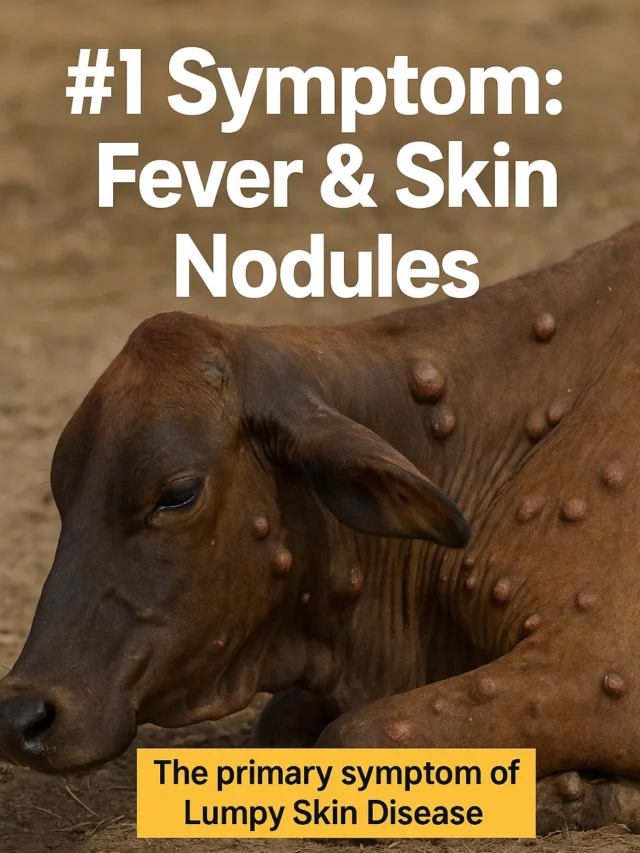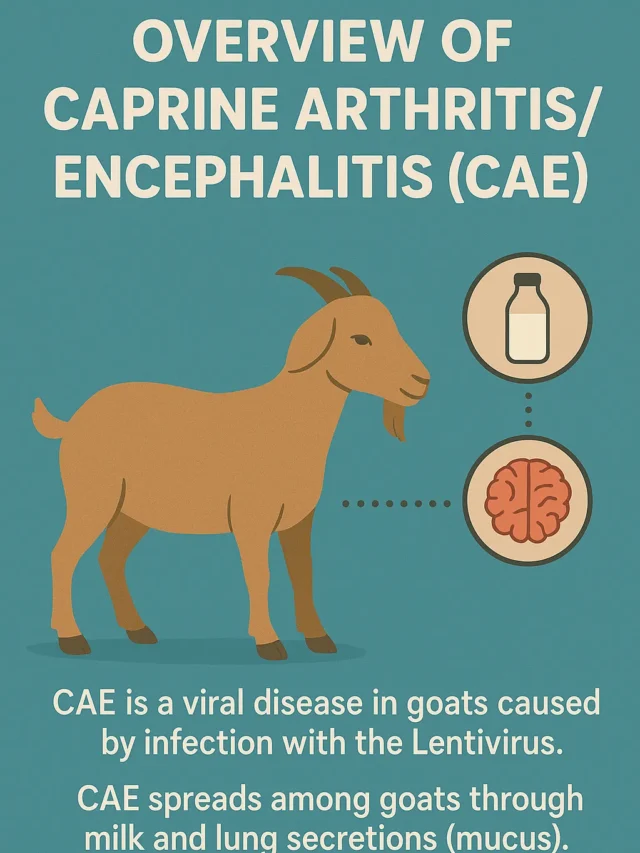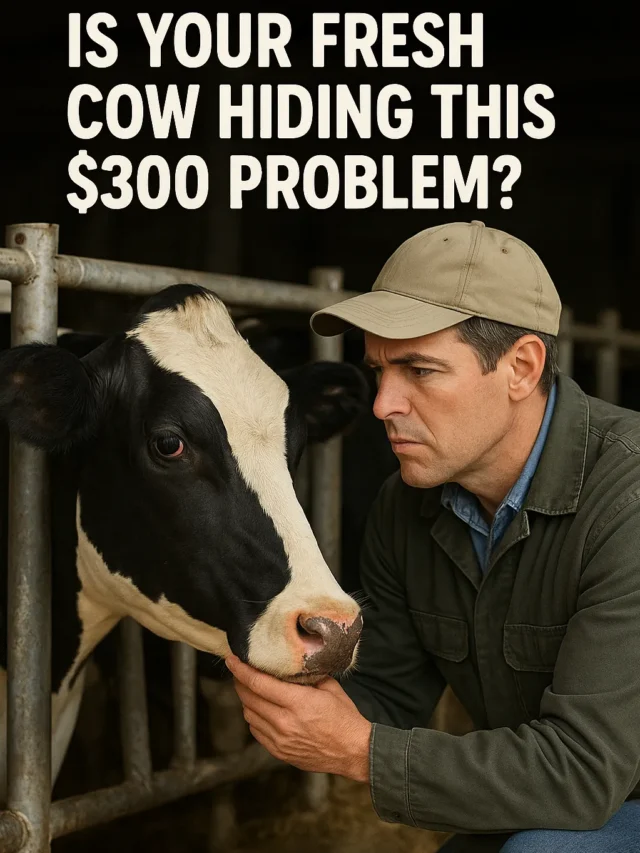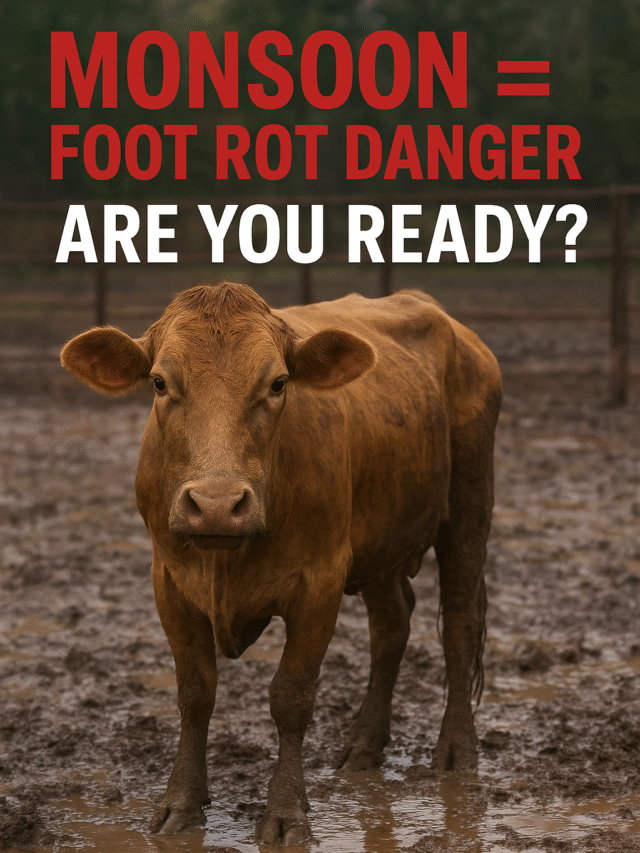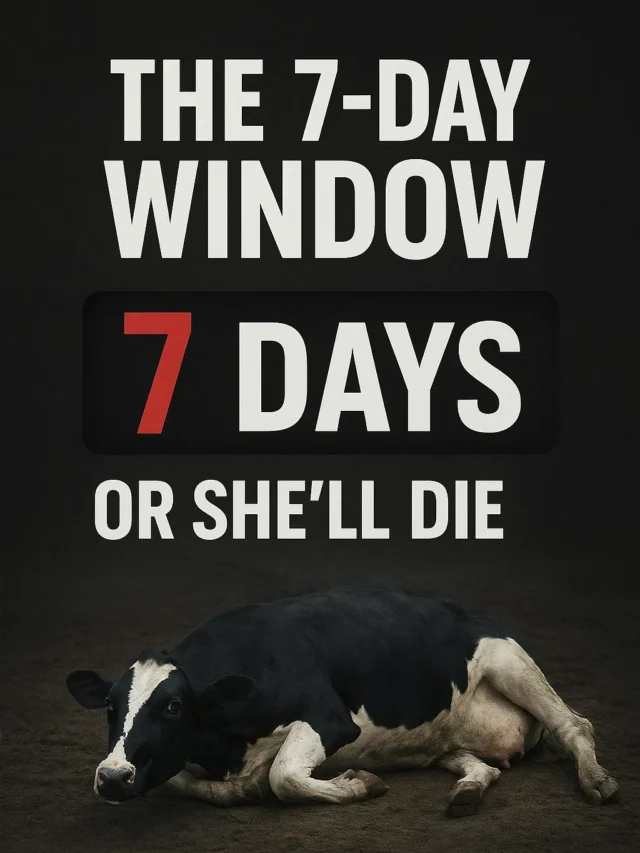Introduction to Charolais Beef Cattle
Charolais cattle, one of France’s oldest breeds renowned for their impressive lineage and beef production, are believed to date back to the Jurassic era. Originating from the central regions of France, particularly the Charolais and Nièvre areas, the Charolais breed is thought to have been identified around 878 AD. By the 16th and 17th centuries, Charolais cattle had gained a distinguished reputation for their meat quality in the markets of Lyon and Villefranche.
In 1773, French breeder Claude Mathieu moved his Charolais herd to the Nièvre province, fostering the breed’s development. Following this relocation, the breed came to be known as ‘Nièvre cattle,’ marking the beginning of its notable herds. Today, Charolais cattle not only hold historical significance but also play a crucial role in modern beef production. This blog post will delve into the origin, history, and characteristics of Charolais cattle.
Charolais Cattle Breed
| Scientific Classification |
|
|---|---|
| Alternative Names |
|
| Origin | Charolais & Nièvre regions, France; 878 AD |
| Main Uses |
|
| Adaptability | Well-suited for various climates; resilient to disease |
| Color |
|
| Average Male Weight | 1000 to 1650 kg (2200 to 3600 lbs) |
| Average Female Weight | 700 to 1200 kg (1500 to 2600 lbs) |
| Size and Body Structure |
|
| Legs and Hooves | Strong legs; light-colored hooves |
| Head and Horns |
|
| Hump | Humpless |
| Breeding Notes |
|
| Charolais Beef Cattle: The Rajasthan Express | |
History and Origin of Charolais Cattle
Charolais cattle have carved out a distinct niche in the North American beef industry, significantly influencing modern meat production standards. Due to their exceptional growth potential, efficient feedlot performance, and impressive meat quality, Charolais cattle are among the top performers in nearly every category of beef performance testing organizations today.
Charolais is one of France’s oldest cattle breeds, dating back to the Jurassic era. The breed originated from the central French regions of Charolais and Nièvre. Historical records indicate that these white Charolais cattle were recognized around 878 AD, marking a long history for the breed. By the 16th and 17th centuries, Charolais cattle had become famous for their high-quality meat production in the Lyon and Villefranche markets.
After the French Revolution, in 1773, a cattle breeder from the Charolais region, Claude Mathieu, relocated his Charolais herd to the Nièvre province. There, the breed thrived so well that it became known as ‘Nièvre cattle.’
In 1840, Count Charles de Boile established some of the early influential herds in the region. He conducted selective breeding with two cows and a bull from these herds, leading him to set up a herd book at his stud near Villars in 1864.
Other breeders in the Charolais region established another herd book in 1882. In 1919, these records were consolidated in Nevers, the capital of the Nièvre province, to showcase the history of the Charolais breed to the world.
After World War I, a young Mexican industrialist of French descent, Jean Pugibet, brought some French cattle to his farm in Mexico. Pugibet had observed the Charolais breed during the war and appreciated its physical characteristics and meat production.
In the mid-1940s, Mexico faced an outbreak of foot-and-mouth disease, leading to a regulation prohibiting the import of cattle from countries infected with the disease into the United States, Canada, and Mexico.
In 1934, the first Charolais cattle from Mexico were brought to the United States. Initially, their white color drew the attention of American livestock farmers and breeders.
American farmers appreciated both Charolais bulls and females for their musculature, purity, and size. Noting the breed’s meat production, they sought purebred Charolais bull semen. Due to the growing demand, Charolais cattle secured a notable place in the American beef industry. Farmers across the country were looking for animals that could improve economic conditions.
In the late 1940s and early 1950s, American breeders established the American Charbray Breeders Association and the American Charolais Breeders Association, focusing on Charolais and Brahman breed crossbreeding.
Additionally, some breeders developed the Charolais breed by crossbreeding with other meat-producing breeds and formed the International Charolais Association. In 1957, the American and International associations merged to form the American-International Charolais Association (AICA). In 1964, the Pan-American Charolais Association, which was registration-based on performance rather than genetic material, was incorporated into the AICA. Three years later, the American Charbray Breeders Association was also merged into the AICA, bringing all Charolais-based breeds in the United States under one breed registry.
In the early years, due to the limited number of pure Charolais cattle, American breeders initiated a five-generation “breeding-up” program to expand the breed and maintain purity. This “breeding-up” program is similar to the grading-up method, involving continuous breeding of purebred males with non-purebred females for 7-8 generations. The grading-up method is used to improve non-purebred animals to purebred status.
Charolais cattle are naturally horned beef animals, but through the “breeding-up” program, Polled Charolais cattle were developed using other polled gene breeds.
Alternative Names for Charolais Cattle
Charolais cattle, originating from the Charolais region of France, are known by this name in France. In 1773, a cattle breeder from the Charolais region named Claude Mathieu moved his herd of Charolais cattle to the Nièvre department, which helped promote the development of this breed. After this relocation, the Charolais breed began to be known as ‘Nivernaise cattle.’
McArdle Disease in Charolais Cattle
McArdle disease is a genetic disorder that primarily affects skeletal muscles. Some Charolais cattle have been found to carry this genetic condition. It results from a deficiency or absence of the enzyme myophosphorylase. Animals affected by McArdle disease exhibit symptoms such as muscle pain, cramping, weakness, and fatigue during physical activity. It is also known as Glycogen Storage Disease Type V. McArdle disease is an inherited metabolic genetic disorder.
The enzyme myophosphorylase helps convert glycogen stored in muscles into glucose. In the absence of this enzyme, these animals cannot convert glycogen into glucose. This deficiency means that the animals do not receive an adequate supply of glucose, leading to a shortage of energy in their muscles. As a result, young calves become quickly fatigued and show symptoms such as muscle pain, cramping, weakness, and fatigue.
Main Uses of Charolais Cattle
Charolais cattle are primarily used for two purposes, reflecting their dual-purpose nature:
- Meat Production:
Charolais cattle are primarily raised for beef production. Since the 16th and 17th centuries, the breed has been known for high-quality meat production, gaining fame in the markets of Lyon and Villefranche. The meat of Charolais cattle is low in fat and consistently in demand in the meat market.
- Milk Production:
While Charolais cattle have limited milk production capacity, they are used in crossbreeding with other dairy breeds to enhance milk production.
Characteristics of Charolais Cattle
- Color:
Traditionally, Charolais cattle are white or light straw-colored, with pink skin and light-colored hooves. However, due to selective breeding, Charolais cattle can now also be found in black and red colors.
- Body Structure:
These animals are large, with long, deep, and broad bodies. Bulls weigh between 1000 to 1650 kilograms (2200 to 3600 pounds), while cows weigh between 700 to 1200 kilograms (1500 to 2600 pounds). They have muscular loins and hips, making them highly suitable for meat production. Charolais cattle are particularly known for their heavy musculature and good meat conformation, contributing to their popularity in the meat industry. Their meat is low in fat, which is highly valued in the meat industry. Compared to other breeds, Charolais cattle reach puberty at a later age.
- Horns:
Initially, all Charolais bulls and cows had horns. However, following the initiation of the “breeding-up” program, most Charolais cattle are now polled (hornless).
- Hump:
Charolais cattle are considered an exotic breed. Exotic cattle breeds typically lack a hump, which is why they are often referred to as humpless cattle.
Charolais Breed Crossbreeds and Developed Varieties
Through crossbreeding Charolais cattle, several new breeds have been developed. A prominent example is the Charbray, which is a cross between Charolais and Brahman cattle. This breed has been recognized as a distinct breed in some countries. Similarly, the Chicana breed from Brazil is a crossbreed with 62.5% Charolais and 37.5% Indu-Brasil genetics.
In the United States, new breeds have also been developed through Charolais crossbreeding, including the Charford and Char-Swiss. These breeds combine the meat production capabilities of Charolais with the characteristics of other breeds to achieve high-quality meat and improved production.
Key Point
1. Selective Breeding:
- A form of outcrossing where selected males are bred with unrelated females within the same herd. Selective breeding is currently the most widely used method.
2. Types of Cattle Based on Hump:
(A) Humped Cattle:
- Cattle with humps, scientifically known as Bos indicus, are referred to as Zebu cattle.
 |
| Zebu Cattle Breed |
- Zebu cattle typically have lower milk production compared to exotic cattle but possess higher disease resistance.
- Examples include Gir Cow, Sahiwal Cow, Hariyana Cow, Tharparkar Cattle, Red Sindhi Cattle, and Punganur Cow.
(B) Humpless Cattle :
- Cattle without humps are scientifically known as Bos taurus and are called exotic cattle.
- Exotic cattle are used in cross-breeding, such as the Jersey × Red Sindhi cow.
- Examples of exotic cattle breeds include Jersey, Holstein Friesian, Brown Swiss, Red Dane, and Ayrshire.
3. Cattle-Related Terminology:
- Beef: The meat from cows is referred to as beef. The dressing percentage for beef is approximately 55%.
- Buffen / CaraBeef: The meat from buffaloes is known as Buffen or CaraBeef, with a dressing percentage of about 57%.
- Calving: The process of childbirth in cows and buffaloes is called calving. The offspring of a cow is called a calf.
- Gestation Period:
- For cows, the gestation period is approximately 9 months and 9 days, or 283 days.
- For buffaloes, the gestation period is around 10 months and 10 days, or 310 days.
- Serving: The act of mating in cows and buffaloes is referred to as serving.
4. Cross Breeding:
- Breeding between two different breeds of the same species is known as crossbreeding. The offspring resulting from crossbreeding is called a crossbreed.
- Breed Complementation: The desirable traits of different breeds are combined into one breed.
- Heterosis / Hybrid Vigor: The offspring outperform their parents, a phenomenon also known as Hybrid Vigor.
- Cross Breed Animals: Crossbreed animals can produce more with less feed.
Cross Breeding Examples
| Number | Cross Breed | Breeding |
|---|---|---|
| 1 | Jar Sindh | Jersey ✖ Red Sindhi |
| 2 | Jar Thar | Jersey ✖ Tharparkar |
| 3 | Hisardale Sheep | Merino Sheep ✖ Magra Sheep |
| 4 | Karan Fries | Holstein Friesian (HF) ✖ Tharparkar |
| 5 | Charbray | Charolais ✖ Brahman |
| 6 | Chicana | 62.5% Charolais ✖ 37.5% Indu-Brasil |
| 7 | Charford | Charolais ✖ Devon |
| 8 | Char-Swiss | Charolais ✖ Swiss |
Population and Conservation
As of December 31, 2014, France had approximately 19.3 million cattle across 195,000 farms, reflecting an increase of 124,000 cattle (+0.6%) compared to the previous year.
Among these, the population of cattle older than one year stands at 13.7 million, accounting for 71% of the total cattle population. This includes 41% cows, 24% heifers, and 7% bulls. The population of beef-producing cattle is slightly higher than that of dairy cattle. The population of beef cattle is about 4.1 million, while dairy cattle number around 3.7 million. Calves younger than one year make up 20%, with 8% being less than 8 months old and 9% being between 8 and 12 months old.
Notably, there has been the most significant increase (+2.4%) in the number of heifers aged 8 to 12 months. The number of calves younger than 8 months has increased by 1%, and older cattle by 0.4%.
The number of cattle older than two years has increased, with a rise of 32,000 (+0.4%). The population of cattle aged one to two years remains stable, while the number of heifers has decreased by -0.3% and bulls by -1.8%.
Increase in Cattle Numbers:
- Primarily, there has been a rise of 91,000 beef cattle (+0.8%), while dairy cattle numbers have increased by 33,000 (+0.4%).
Breed Distribution:
- Beef cattle make up 57% of the total cattle population, while dairy cattle account for 43%.
- Major breeds include Prim’Holstein (5.6 million, 29%), Charolaise (4.2 million, 22%), and Limousine (2.7 million, 14%).
Average Number of Cattle per Farm:
- As of December 31, 2014, the average number of cattle per farm is 99. Half of the farms have fewer than 71 cattle, and 174,450 farms have an average of 45 cattle, with half of these farms having fewer than 38 cattle.
Discover the history of Charolais cattle, one of France’s oldest breeds known for its exceptional beef quality. Originating from the Charolais and Nièvre regions, this breed has a legacy dating back to the Jurassic era. Learn more about its origins and significance in modern beef production.
